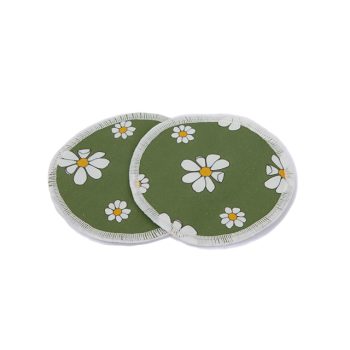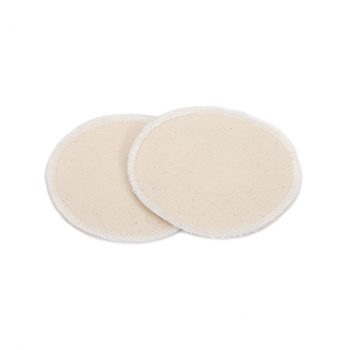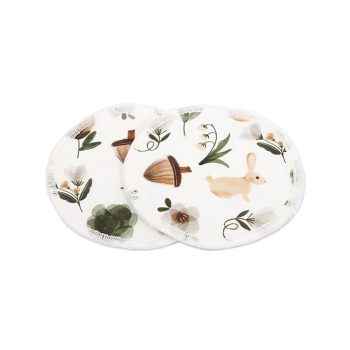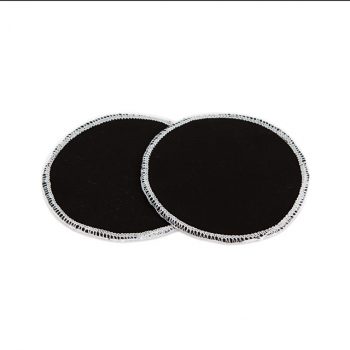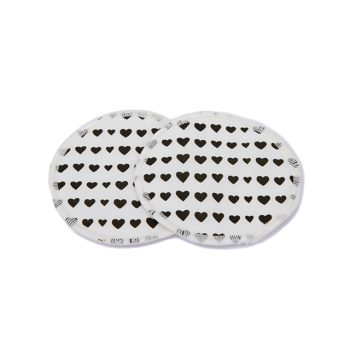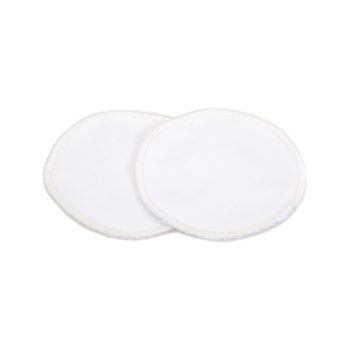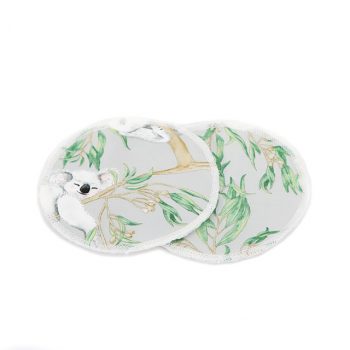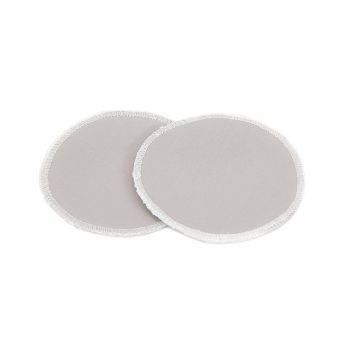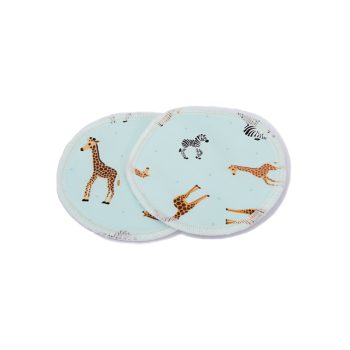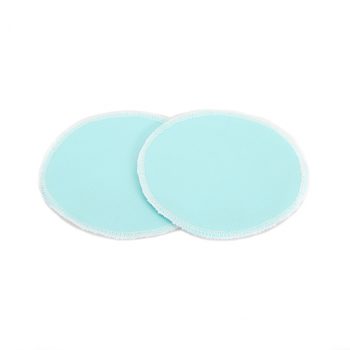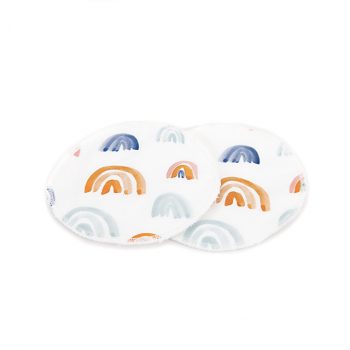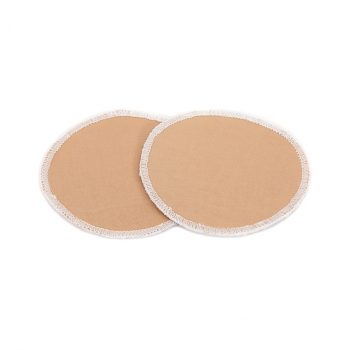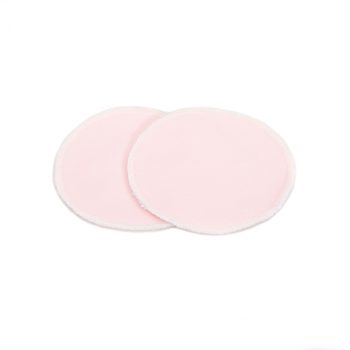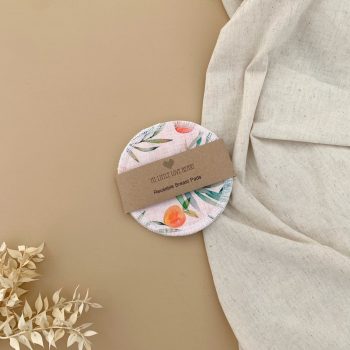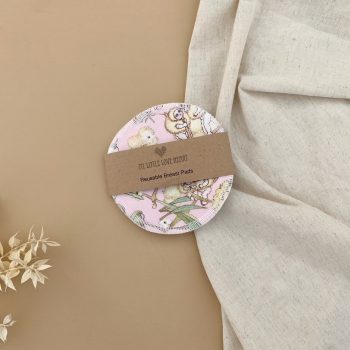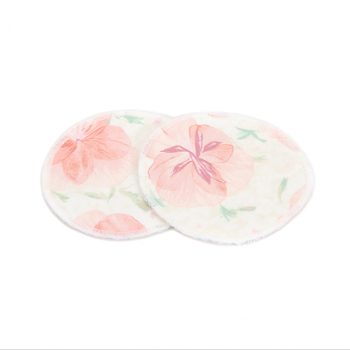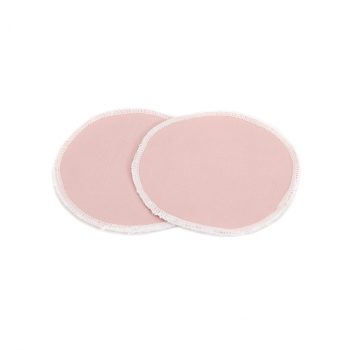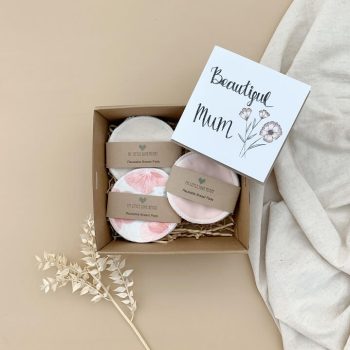Reusable Breast Pads
Our organic reusable breast pads are handmade in Australia using soft and absorbent materials. They protect from leaking milk and comfort when nursing. All the while saving money and the environment.
How to use
- General Use – To use reusable breast pads, place the round pad’s centre over your nipple. You can use a bra to keep them in place. Continue to use pads for as long as you are producing milk. This will be roughly 3- 6 months. Each pad will last for 4 – 6 hours and should be changed after this time or if they become soaked. You will not need to wear them all the time, only when leaking.
- Night Use – They can be worn at night as long as you change them every 4–6 hours or when wet.
Your reusable nursing pads should last your entire feeding journey.
Nursing Pads Safety
Breast pads are a safe and hygienic product as long as you follow the manufacturers’ guidelines.
Our pads are safe and have been made with no harmful chemicals. When using them follow our instructions above.
Materials
The materials in our organic breast pads are eco-friendly and sustainable. The front layer is made from cotton while the back is an organic bamboo cotton mix. Between the two layers is a Polyurethane Laminate (PUL). The PUL material is soft, waterproof, breathable and easily cleaned. Combined with bamboo and cotton it makes the nursing pads extremely absorbent.
Cleaning, Maintenance and Storage
These washable nursing pads are easy to maintain by following these instructions.
- Cleaning – Place in the washing machine with similar colours at 40 degrees for 30 minutes.
- Drying – Once washed, place in a tumble dryer or hanger and dry thoroughly.
- Storage – Day-to-day storage can be in your nappy bag, clothes drawer or feeding station. As long as it is a dry environment.
Technical Specifications
- Quantity- One pack of two pads
- Size – 12cm x 12cm
- Country of Origin: Australia
- Front: Cotton
- Middle: Polyurethane Laminate (PUL)
- Back: Cotton / Bamboo

